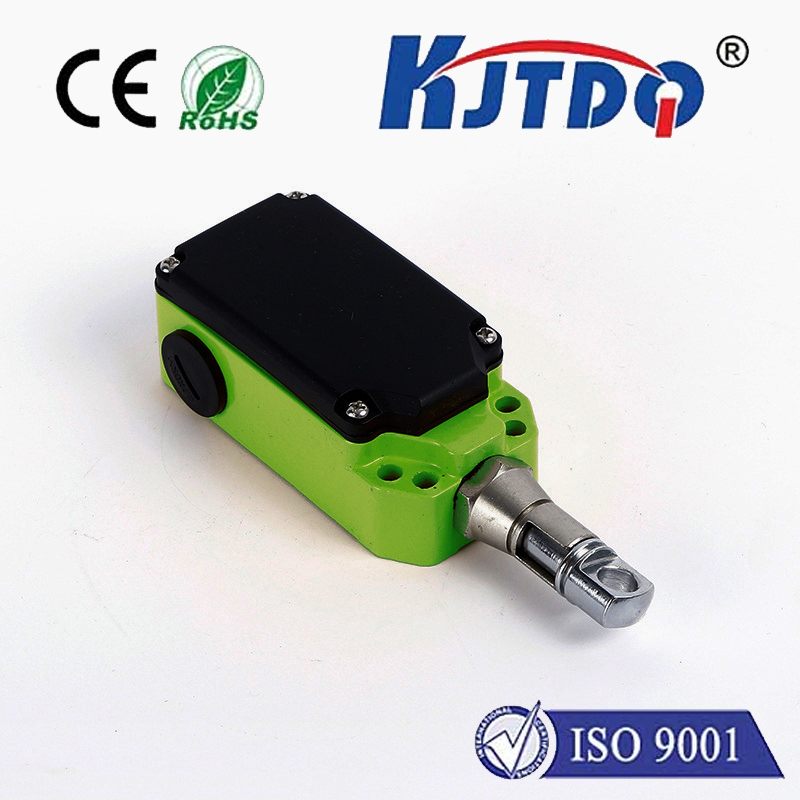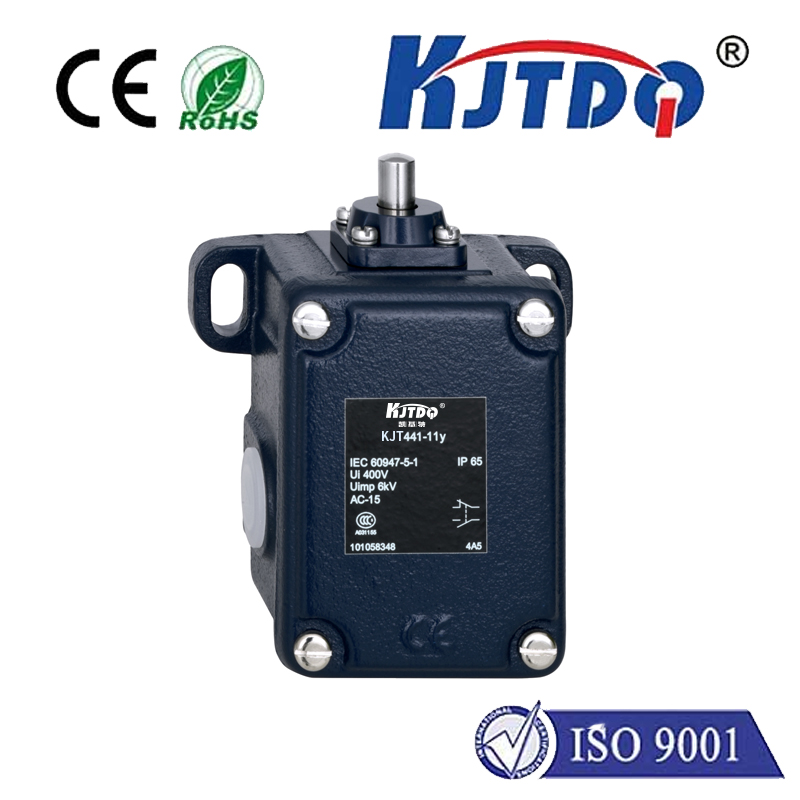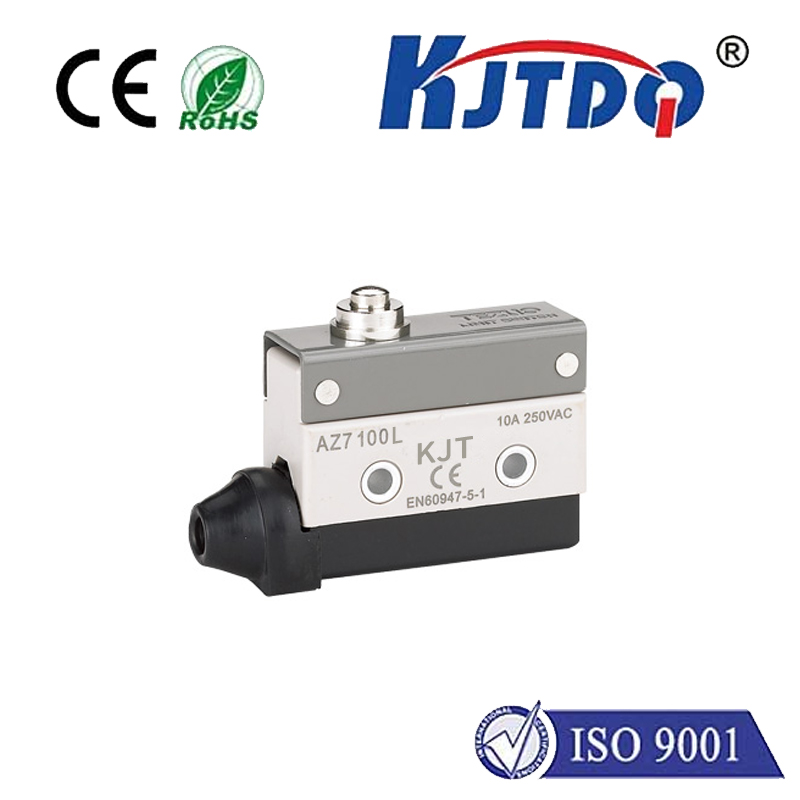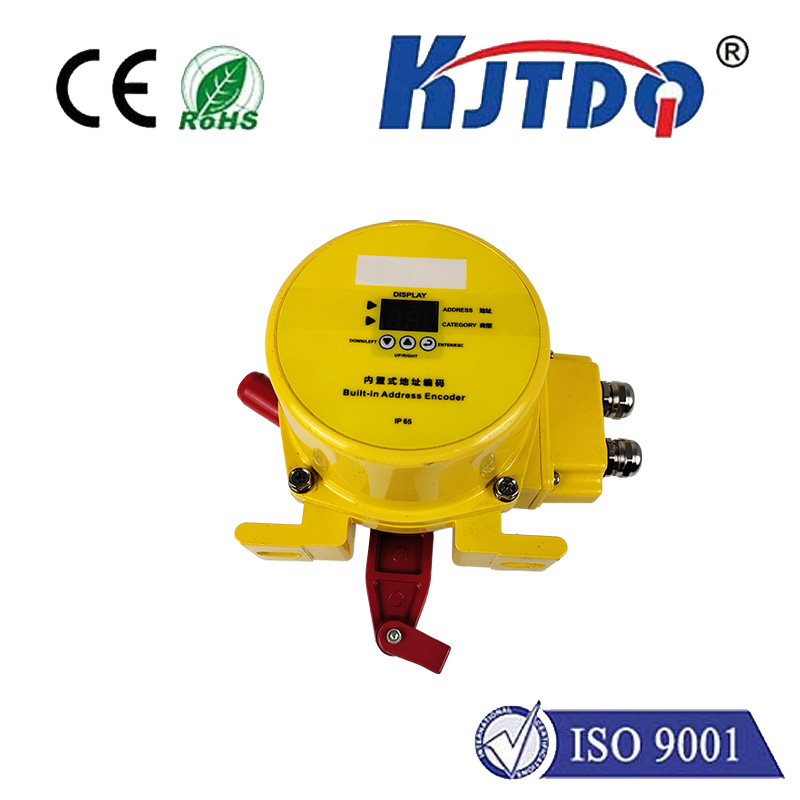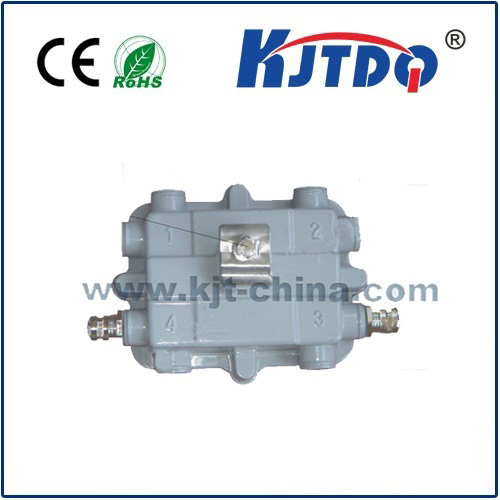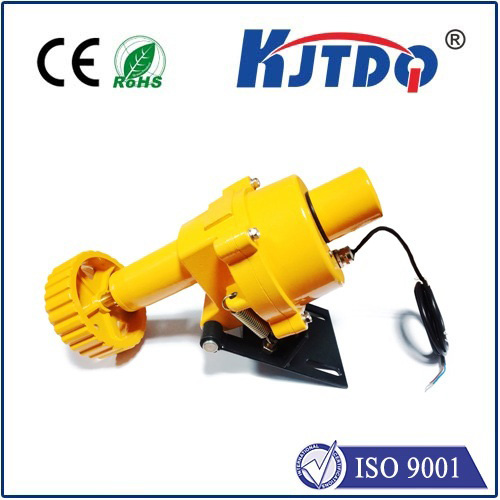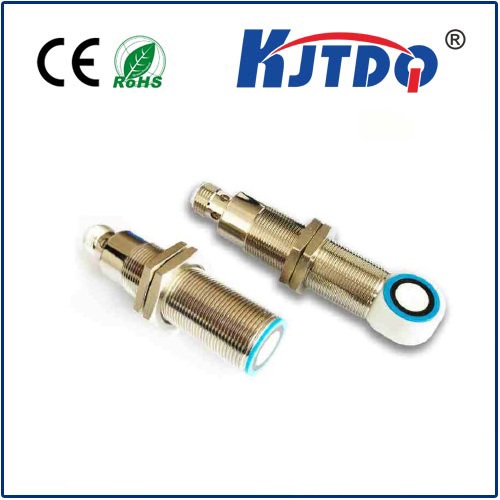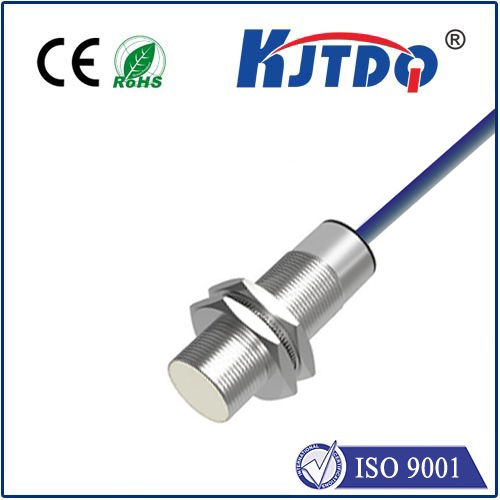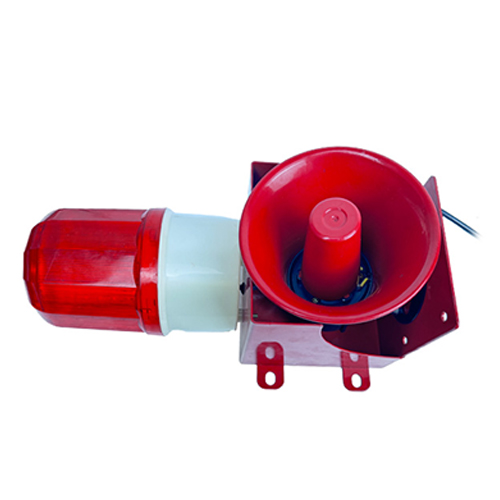distributed temperature sensing
- time:2025-08-20 02:37:31
- Click:0
Distributed Temperature Sensing: The Fiber Optic Nerve System Revolutionizing Industrial Monitoring
Imagine instantly detecting a temperature spike along miles of pipeline buried underground, pinpointing an overheating cable deep within a wind turbine blade, or continuously monitoring the thermal profile of an entire electrical substation – all without deploying thousands of individual sensors. This is the transformative power of Distributed Temperature Sensing (DTS). Far more than a simple thermometer, DTS leverages the unique properties of light traveling through optical fibers to create a continuous temperature sensor stretching kilometers in length, fundamentally changing how we monitor and safeguard critical infrastructure.
How Does This Thermal Nerve System Work?
At its core, distributed temperature sensing is an ingenious application of optical physics, primarily based on the Raman scattering effect. Here’s a simplified breakdown:

- Laser Pulse Injection: A laser source sends a short, intense pulse of light down a standard optical fiber cable.
- Light Interaction with Fiber: As this pulse travels through the glass fiber, it constantly interacts with the molecular structure. While most light travels forward (Rayleigh scattering), a tiny fraction undergoes Raman scattering.
- The Raman Signal - The Temperature Messenger: Raman scattering generates two distinct frequency-shifted components:
- Stokes Line: Light shifted to a lower frequency (longer wavelength) than the original pulse.
- Anti-Stokes Line: Light shifted to a higher frequency (shorter wavelength).
- Critically, the intensity ratio of the Anti-Stokes to Stokes lines is highly sensitive to the temperature of the fiber at the exact point where the scattering occurred. Hotter sections produce relatively more Anti-Stokes light.
- Time-of-Flight Location: The DTS interrogator unit detects the faint backscattered light returning to the launch point. By precisely measuring the time delay between launching the pulse and receiving the backscatter, the system calculates the distance along the fiber where the scattering occurred. Time equals distance in this context.
- Temperature Calculation & Mapping: The interrogator continuously analyzes the intensity ratio of the returning Anti-Stokes and Stokes signals at every measured time interval. Using calibration factors and sophisticated algorithms, it converts this ratio into an absolute temperature reading. The result is a continuous temperature profile – a detailed map of heat distribution – along the entire length of the fiber, updated in near real-time.
The Engine Room: Key Components of a DTS System
- Optical Fiber: The sensing element itself. Standard telecommunications-grade single-mode or specialized multimode fiber can be used, installed permanently along or within assets. It’s passive, immune to EMI, and robust.
- DTS Interrogator (OTDR Unit): The sophisticated electronic “brain.” It generates the laser pulses, captures the backscattered light with high sensitivity, performs the complex signal processing (including time-domain reflectometry - OTDR principles), calculates temperatures, and outputs the data.
- Data Acquisition & Management Software: Transforms raw data into actionable insights. It visualizes temperature profiles, sets alarms for threshold breaches, logs historical data for trend analysis, and integrates with broader control systems.
Unlocking Value: Where Distributed Temperature Sensing Shines
The applications for fiber optic temperature monitoring are vast and expanding:
- Energy & Power:
- Power Cable Monitoring: Detect hotspots caused by overloads, aging, or partial discharge along underground or submarine HV cables, preventing failures.
- Transformer & Busbar Monitoring: Track winding temperatures and busbar connections in substations and transformers.
- Turbine & Generator Monitoring: Monitor critical components like stator windings and bearings in gas turbines, steam turbines, and generators.
- Oil & Gas:
- Pipeline Leak Detection & Flow Assurance: Pinpoint leaks (gas cools, liquid warms surroundings) and monitor for hydrate formation or wax deposition in subsea and onshore pipelines.
- Wellbore Monitoring: Profile temperature along production/injection wells for reservoir analysis, flow allocation, steam flood tracking, and integrity checks.
- Fire Detection:
- Linear Heat Detection (LHD): Provides exact location of fire hotspots along tunnels, conveyors, cable trays, warehouses, and industrial facilities, far superior to traditional point detectors or smoke systems in challenging environments.
- Renewables:
- Wind Turbine Blades & Gearboxes: Monitor internal temperatures for icing detection, structural health, and overheating issues.
- Solar Thermal Plants: Monitor heat transfer fluid temperatures across vast solar fields.
- Civil Engineering & Infrastructure:
- Dams & Levees: Detect seepage paths (water flow changes temperature).
- Tunnels: Monitor for fire and structural hotspots.
- Bridges: Detect icing or monitor concrete curing/shrinkage.
- Process Industries: Monitor reactor vessels, chemical storage tanks, long conveyors, and cryogenic processes.
Why Choose DTS? Compelling Advantages Over Traditional Sensors
- Continuous Spatial Coverage: Provides temperature data every meter (or even finer resolution) along the entire fiber length – no blind spots. This is its defining distributed sensing capability.
- Long Reach: Single systems can monitor tens of kilometers from one DTS unit.
- Intrinsic Safety & Immunity: Optical fiber contains no electrical components, making it ideal for hazardous (ATEX) environments. It’s immune to electromagnetic interference (EMI), radio frequency interference (RFI), and lightning strikes.
- Durability & Longevity: Optical fibers are chemically inert and resistant to corrosion, lasting decades with minimal maintenance. They are also physically robust when properly cabled.
- Reduced Installation & Maintenance Costs: A single fiber replaces thousands of point sensors, drastically reducing cable runs, installation time, wiring complexity, and long-term maintenance overhead. The fiber is often inexpensive telecom-grade.
- Self-Calibration (inherent): The physics behind the Raman ratio method provides inherent stability and reduces long-term calibration drift compared to many electronic sensors.
- Accurate Location: Pinpoints temperature anomalies to within meters, enabling rapid response.
The Future is Distributed and Intelligent
Distributed Temperature Sensing is not just a sensor technology; it’s a paradigm shift in asset monitoring and safety. By transforming passive optical fibers into thousands of virtual temperature sensors, DTS provides unprecedented visibility into the thermal health of critical infrastructure over vast distances. Its inherent safety, robustness, accuracy, and cost-effectiveness make it an indispensable tool for optimizing operations, enhancing safety protocols (especially with linear heat detection), preventing catastrophic failures, and enabling predictive maintenance strategies across a multitude of industries. As fiber optic sensing evolves, DTS continues to solidify its role as the intelligent thermal nerve system at the heart of modern industrial monitoring.












